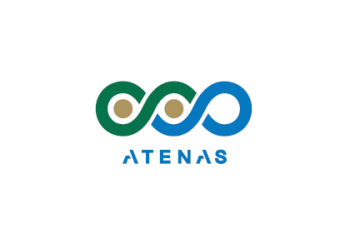To Ally Technology, Nature and Society for integrated urban water management: ATENAS
AteNas is built around 3 demonstration sites, covering urban and periurban zones of Łódź, Lyon and Vantaa/Helsinki and sharing the challenge of enabling water to citizens and nature, both in terms of quality and quantity.
Utilize of cities water resources to secure regulating ecosystem services, enable Nature-Based Solutions, and enhance adaptive capacity to global changes.









